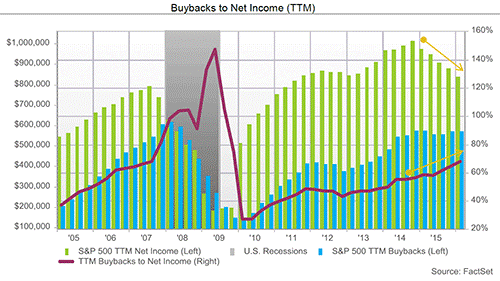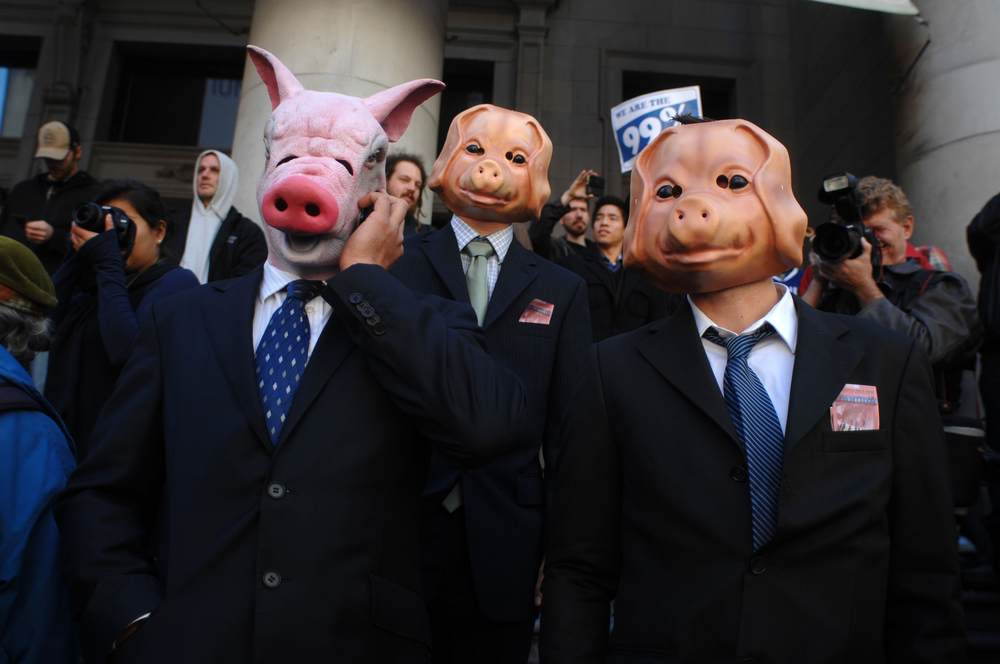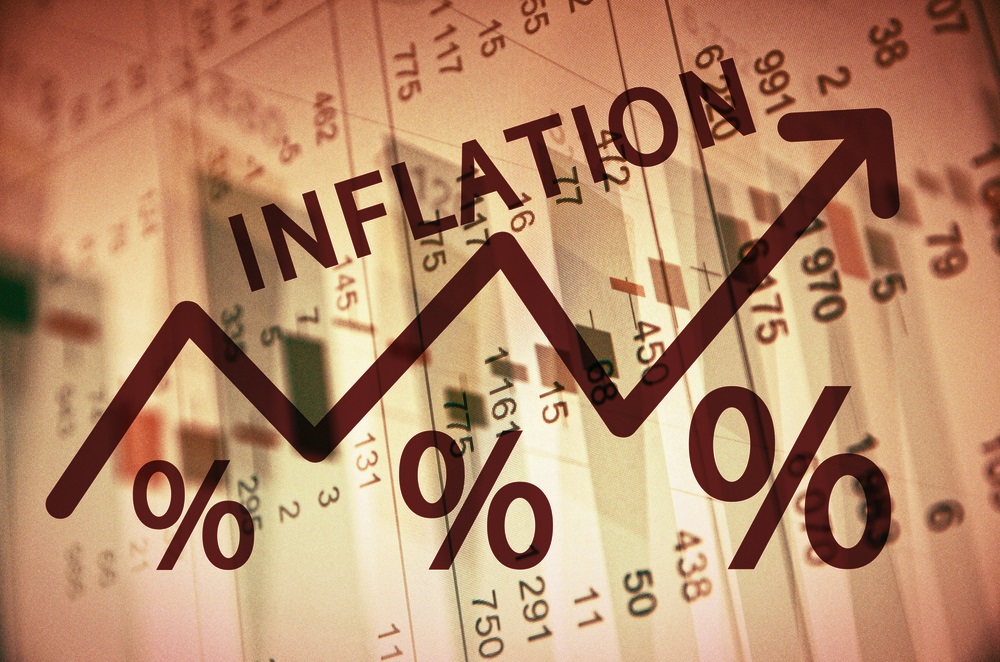When I search for new stocks for investment yield, there’s one data point I always take a look at: the company’s ability to return capital to shareholders.
It’s one of the most important pieces of information to consider when looking for stable, dividend-paying stocks. Essentially, I want to see if the company has the wherewithal to pass cash flow back to shareholders, thereby increasing our wealth in the process.
There are several ways companies can accomplish this, with paying a dividend being the most direct method.
One common method of returning shareholder value — share buybacks — may be stalling out. While this may seem somewhat innocuous, the decline in stock buybacks may be a sign that we could be entering the next stock market recession any day now.
Share buybacks are attractive for investors for a few reasons.
For one, buybacks boost shareholder value in a tax-efficient manner. Instead of paying out a taxable dividend, the company can buy back its stock, thereby boosting earnings per share, lifting the value of the stock and increasing gains to your portfolio. As such, share buybacks are a good characteristic to find in a company.
In recent years, buybacks have fueled the stock market rally, as companies turned to extremely low-rate debt markets as a means of funding buyback programs and boosting share performance. Since 2009, companies have bought back more than $2.7 trillion. In fact, share buybacks during the past 12 months have topped $589 billion — a record high set in 2007.
With hedge funds, mutual funds and exchange-traded funds (ETFs) pulling $40 billion out of the market since January, many analysts and economists believe that share buybacks are the lone pillar currently holding up the market. As such, any signs that corporate buybacks are stalling out could foreshadow another collapse.
Let me explain…
Share Buybacks Backlash
In what may be the leading edge of a larger decline, share buybacks fell 3.4% in the fourth quarter. Even more disconcerting is the recent behavior of FactSet’s buybacks-to-net-income ratio. FactSet, a multinational financial research firm, uses this ratio to help gauge the health of buyback activity in the U.S.
Recently, this ratio began trending in a direction not seen since the Great Recession:

As you can see, net income for S&P 500 companies trended lower since the fourth quarter of 2014 — a development I discussed in greater detail last week. At the same time, buybacks related to net income have continued higher, which is exactly what happened in 2007/2008, just ahead of the Great Recession. This tells me that we should to expect share buybacks to slow in the coming quarters.
Add to this that the U.S. economy is currently growing at a meager 0.3%, according to the Atlanta Federal Reserve’s GDPNow forecast, and the U.S. economy is sitting on the brink of a possible collapse.
Patience and Time
Incoming economic data and stock market research continue to indicate that the seven-year U.S. bull market run is on its final legs. Last week, I recommended adding protection against the inevitable decline of the S&P 500.
This week, I’ll preach patience.
Now is not the time to run out and buy stocks. Instead, you should take some profits off the table, take losses for tax season and preserve your capital.
There are a few remaining opportunities out there, and the bull market could limp onward for few more months, but it’s looking more and more likely that 2016 will be the year the stock market faces its next great reckoning. And you’ll want to have cash available to take advantage of the cheap stock prices once the dust settles.
Regards,

Chad Shoop
Editor, Pure Income









